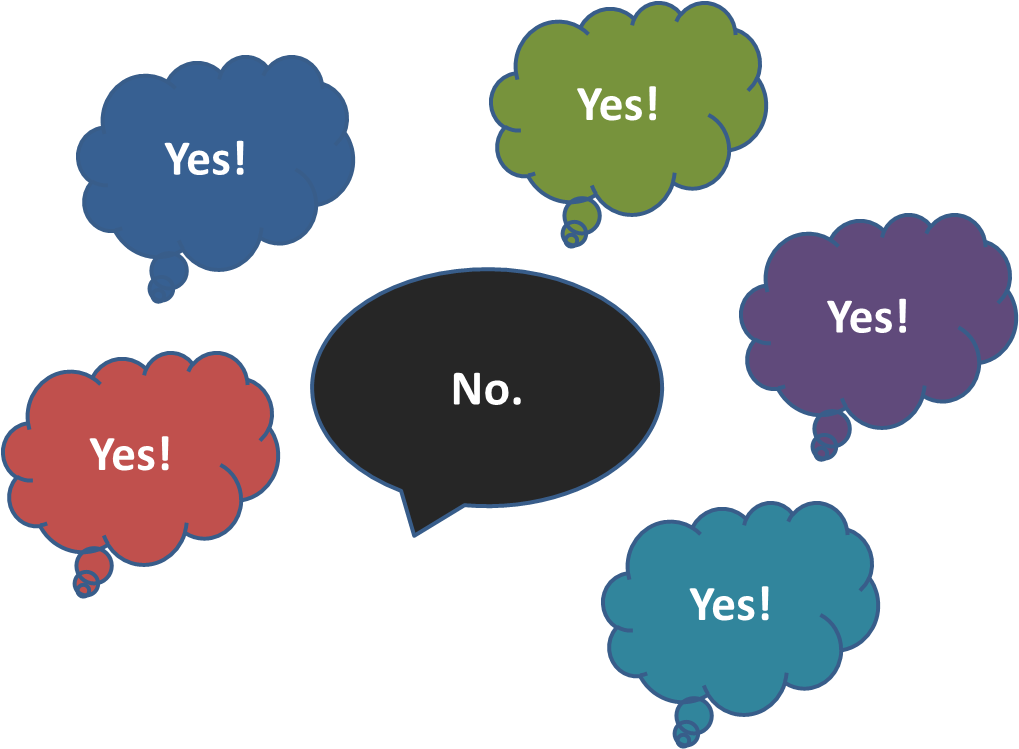Tips for the Burned Out Museum Professional

Hopefully, everyone had a relaxing holiday weekend! This week I’m tying in some ideas that I’ve been mulling over since the 101st NEMA conference. The theme was “What’s in it for Me?” and the answer isn’t always clear in our field that has low pay, large workloads, and understandably, a high burnout rate. But hopefully, some of the tips below will be of some use to you:
- Objects – What made you join this field? What part of museums drew you in? For many people I’ve talked to, the objects were the key factor that pulled them to museum work. Whether it was an old teapot or an abstract painting, our connection with the “stuff” is what drew us in. While at the NEMA conference, I had the pleasure of attending a session run by Rainey Tisdale and Marieke Van Damme, where we focused on the pieces of joy that could be added to museum work (if you want to look further into this, definitely check out Joyful Museums). One of their suggestions that caught me off guard was the ability to have access to the collection. It’s simple, and yet, I had never realized that I felt detached from the objects that I work around every day. I can imagine that that feeling is increased when one works in a position that doesn’t visit the galleries on a daily basis. Tisdale and Van Damme suggested ready-only access to the collections database for all employees as a possible solution. To take that idea a little further, museums could even host a close-looking activity once a month. Allow all staff members to vote on which object they want to see up-close and then pull it out of storage for everyone to see. This is a cheap and fun activity that is likely to remind staff members why they entered the field to begin with.

- “Protecting your ‘yeses’” – Honestly, this is a tip that I got from an inspirational planner last year, and I pretty much haven’t stopped thinking about it since. It’s become a mantra of sorts because I hate saying no to people and always want to prove myself as a capable coworker, employee, and emerging professional. However, overworking myself is not the answer. I think this is a common problem in a field where there is rarely money to hire enough people, the workforce is mostly women, and the employees are passionate about what they do. However, viewing my “yeses” as a thing that I am giving to people has helped me to scale back my workload a bit. Of course, there are always instances where its crunch time, and there’s no option except to work through my exhaustion. But the mindset that you are saving your ‘yeses’ for a few projects or events that you’re really passionate about rather than having a hand in a bit of everything can save you from that guilty feeling of not doing enough.
- Identify your needs – This one might seem a bit obvious, but at the Education Professional Affinity Group (PAG) lunch, we did an activity that involved writing down your needs as an employee, a coworker, a museum professional, and an individual. Often, I complain that I don’t have enough of a work/life/school balance but putting my needs into such defined categories was helpful to understand where my problems lie. Of course, sometimes our needs transcend categories and that’s okay too but being able to see where my needs as a coworker differ from my needs as an employee is a great way to sort through what my goals are and how to ask for them.
There are so many more ways to handle burnout! If you’re looking to do your own research on it, AAM published a blog post in 2017 about why museum professionals are Leaving the Field. One of the best ways to prevent burnout across the field is by sharing tips and strategies that have worked for you! So, we want to know: what ways have you prevented or improved symptoms of burnout?